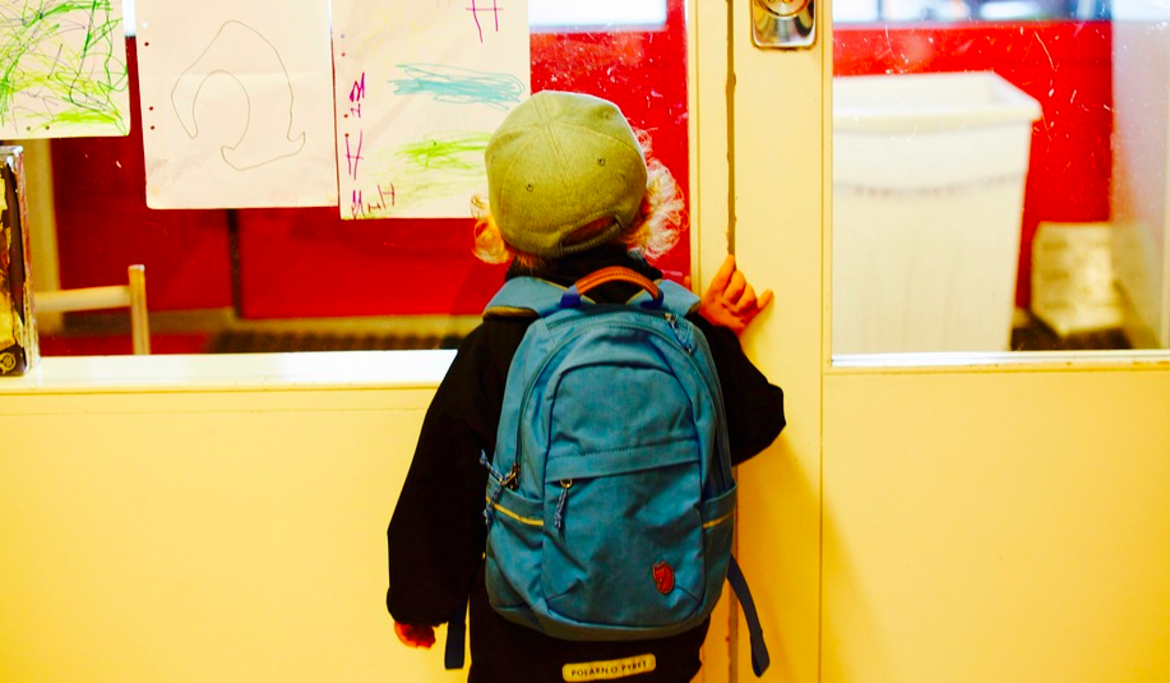Disparities in pre-primary school funding
The numbers of pupils in pre-primary classes vary up to threefold according to country. And those which spend the most are not necessarily the richest.

Photo: Pixabay
Disparities in pre-primary school funding
The numbers of pupils in pre-primary classes vary up to threefold according to country. And those which spend the most are not necessarily the richest.
Photo: Pixabay
European pupils are far from enjoying the same conditions in early education. This is illustrated by the spectacular national divergences in pre-primary teacher-pupil ratios. In Sweden, the average teacher is responsible for just over six pupils. In France, the number is three times greater, at almost 22 pupils. The number of pupils per teacher plays a significant role in the quality of education, and partly explains the poor ranking of France in international assessments of education standards.
While the French situation might seem a little outside the norm, many other countries are also facing problems with overcrowding in pre-primary schools: this is the case in Belgium, Poland, Switzerland, Norway, the Netherlands, Portugal and the UK, where the rate is over 15 pupils per teacher.
These disparities reflect the deep divide between European countries when it comes to investment in the education of young pupils. The annual expenditure per pre-primary pupil in 2014 amounts to 7,760 euro in France, as opposed to 13,200 euro in Sweden. But the most generous country in this regard is Luxembourg, which spends 21,200 euro per pre-primary pupil. The Czech Republic, at the other end of the scale, spends 5,000 euro. A fourfold difference…
